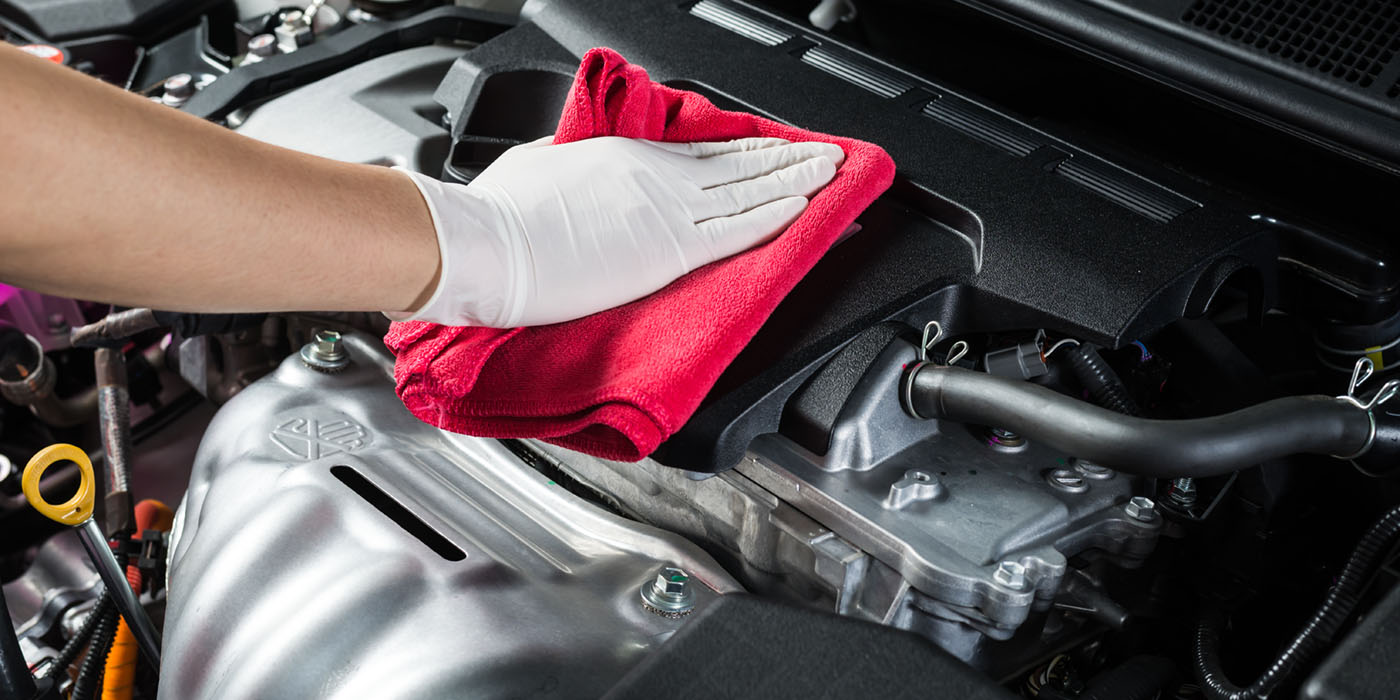I’ve spoken previously about how a role at Indium Corporation was a great fit because of my education. Although I come from a materials science and business background, which aligns itself pretty well with the role I’m in, that alignment can only prepare you so much for working in the industry. I can tell you about the derivation of Newton’s law of viscosity from school, but how would I have known how different variables affect the viscosity of a solder flux, something that would be important to a customer, when I was taking Fluid Mechanics?
With all that being said, one of the first products I worked with was WS-446HF, a water-soluble (WS), halogen-free (HF) flux designed for use in semiconductor applications. If you want to learn more about the different varieties of semiconductor flux, go ahead and read Technical Support Engineer Meagan Sloan’s series of blog posts about semiconductor fluxes (Part 1; Part 2; Part 3). It quickly made sense to me why I was assigned to work with this flux first, since 446-HF is designed to be a simple flux solution for complex soldering applications, a jack-of-all-trades flux if you will.
Typically, there are two steps needed to create reliable solder ball joints: a prefluxing step and the actual ball-attach process. During the prefluxing step, there are many preparatory steps that are needed before actually placing solder balls on top of a flux-coated substrate. Some of these include washing and drying the substrate, putting the substrate through reflow, and sometimes even undergoing plasma treatment. This presents two problems: 1. The preflux step takes a long time, and 2. All those preflux steps can potentially damage the substrate. 446-HF has an activator system powerful enough (check out Principal Engineering Manager Andy Mackie’s blog post to learn more about flux activators), to overcome the prefluxing step, both saving time and preserving the integrity of the substrate!
Working with this flux clicked with me because I was reminded of my Lean Six Sigma Green Belt training and the importance of removing waste, or non-value-added (NVA) steps, in a process. I like to think about it like a car repair shop: Say someone goes to a repair shop and needs to get their car’s engine fixed, and this repair shop is known for the quality of its repairs. However, imagine a scenario where the car takes a long time to get fixed, and then when the owner picks up his car, the engine is fixed, but the tires are also filled to the optimal pressure and the body of the car has been refurbished. Those last two steps are non-value added; they’re nice to have, but the owner only cares about getting their engine fixed, and probably had to pay more for the extra steps as well.

Figure 1: One would hope one of the similarities between solder flux application and engine repair would be the manner in which the process is done: efficiently. 446-HF ensures that!
The prefluxing steps in our case are equivalent to getting the tires refilled and the body refurbished. With 446-HF, Indium Corporation can prevent damage to substrates, show that products can be completed faster, saving everyone time and money. It’s also great to be able to apply the education I have to an unfamiliar, yet exciting industry.
Figure 1 Source: allproservicecenter.com



